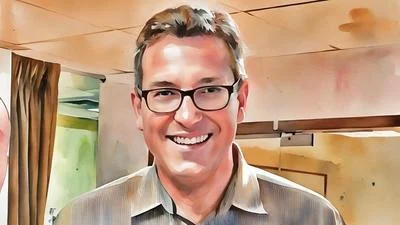Mr. Chairman, thank you for holding this hearing on evidence-based home visiting.
Before I came to Congress, I worked in community health centers and saw first-hand how home visits by community health workers helped engage people to change behaviors and embrace preventative health approaches. I introduced my first bipartisan home visiting bill over a decade ago, in 2005. I look forward to continuing this bipartisan work with you and other Members of this Committee.
Frederick Douglas said: “It is easier to build strong children than to repair broken men." And I agree.
Infants are more likely to enter foster care than any other age group - twice as likely as one-year-olds and more than five times as likely as 11-year-olds. Several home visiting models, including Healthy Families America, which is headquartered in Chicago, have proven that home visiting is a tool that can keep these children safe at home.
Children at risk of foster care are not the only ones who benefit from home visiting. In my Congressional district, nearly 60 percent of children five and under live in low-income families. Some of them are fortunate to be served by the Home Instruction for Parents of Preschool Youngsters, or HIPPY program, which has a long track record of working with parents of all backgrounds to prepare their children to succeed at school.
The federal Maternal, Infant, and Early Childhood Home Visiting program, or MIECHV, did not invent home visiting. My home state of Illinois has invested in home visiting for 30 years, and we are not alone. MIECHV has played a vital role in strengthening these state and local efforts.
Where home visiting did not exist, MIECHV offered the neediest families this lifeline for the first time. In states with home visiting, like Illinois, MIECHV improved program coordination, reinforced the emphasis on proven models, and expanded availability of services. In my Congressional district, MIECHV directly provides home visiting services to 219 additional families and is supporting innovative pilot projects for homeless families and parenting foster youth.
MIECHV is built on a foundation of decades of research. The Department of Health and Human Services has identified 17 different models that meet its stringent test for proven results. States, territories, and tribes can choose from a range of evidence-based models that allow them to target the right help to the right families at the right time. Some states even transition families from one model to another as children grow. In Illinois, MIECHV funds a central intake process, to make sure families are directed to the most effective model for their needs.
Although home visiting models focus on different aspects of child well-being and use visitors with different qualifications, they have important commonalities. Home visitors form positive relationships with families to help them find strength in themselves and in their communities. They link families with critical supports like transportation assistance, substance abuse and mental health treatment, child care, and economic support. And they measurably improve outcomes for children.
MIECHV has already made a difference for tens of thousands of children and families. As we continue to invest and home visiting models continue to learn - from rigorous research evaluations, from careful data tracking, from the families and communities they serve, and from each other - I believe we will be able to do even more to build strong children who grow into successful adults.








